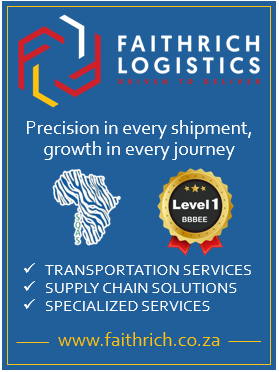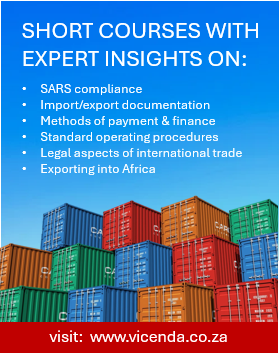With rising fuel prices and fragmented delivery routes, South African SMEs are battling some of the steepest logistics expenses globally. With a recent World Wide Worx report revealing the value of e-commerce in South Africa is expected to surge to over R100 billion by 2026, these mounting expenses could pose a serious growth barrier for many smaller businesses.
“Last-mile delivery isn’t just a transport problem, it’s a business planning problem,” says Leon Bruwer, managing director of sales, FedEx Sub-Saharan Africa. “If it’s not managed properly, it will drain cash flow, create bottlenecks, and cost you customers.” But with a few smart choices, businesses can turn shipping into a competitive edge. Bruwer provides a few helpful last-mile tips for SMEs:
- Consolidate shipments and avoid death by handling fees
Sending multiple small shipments during the week may seem convenient, but it quickly racks up handling and delivery fees. By bundling orders and sending fewer, larger shipments, businesses can significantly lower their logistics spend.
Too many businesses rush small orders out the door, not realising how much it eats into their bottom line. Consolidation makes a noticeable difference, especially for businesses shipping across regions or internationally.
- Go digital and take control of your costs
Unexpected charges can turn a simple order into a costly mistake. The fastest way for SMEs to gain control is to use digital tools that help prevent issues before they cause problems.
“With an automated system, you can save time and money. These tools let you track your costs upfront, avoid last-minute surprises, and make sure everything is correctly documented. It’s a small change that can have a big financial impact.
- Don’t get caught chasing the cheapest courier
It’s easy to get trapped in a cycle of chasing the lowest courier quote. But businesses often pay for it elsewhere, through delayed deliveries, hidden fees, or unhappy customers. The smart money is on finding a logistics partner who offers reliability, flexibility, and real value, not just the lowest rate on paper.
Choosing the cheapest option can end up being the most expensive decision. You want a partner to offer the right balance. This includes solid service, flexible delivery options, and ways to save, like loyalty discounts or volume-based savings.
- Match delivery speed to customer need
Not every package needs to arrive the next day. Businesses can save thousands over time by selecting more economical services where appropriate. Customers are generally happy to wait an extra day or two, especially if you communicate it upfront. It’s about being strategic, like using premium shipping when you need to, and standard options when you don’t. That’s how you protect your margins without letting down your customers.
- Pack properly – small changes here mean big savings
It’s not just what you ship, but how you pack it. Oversized boxes or inefficient packing can lead to unnecessary volumetric charges. Done properly, good packaging reduces not only damage risks but also costs.
“We always remind businesses that packaging equals money,” says Bruwer. “If your box is too big, you’re literally paying for air. Efficient packaging keeps your costs lean and your products protected. It’s low-hanging fruit for any SME looking to save.”
A smarter delivery strategy = healthier margins
For South African SMEs navigating rising costs and competitive pressures, trimming delivery expenses is more achievable than many realise.
“Every bit you save on logistics is money you can reinvest into your business. Delivery is one area where small changes can add up quickly. And with the right partner, you’re not just saving, you’re giving your customers a better, more reliable experience.







